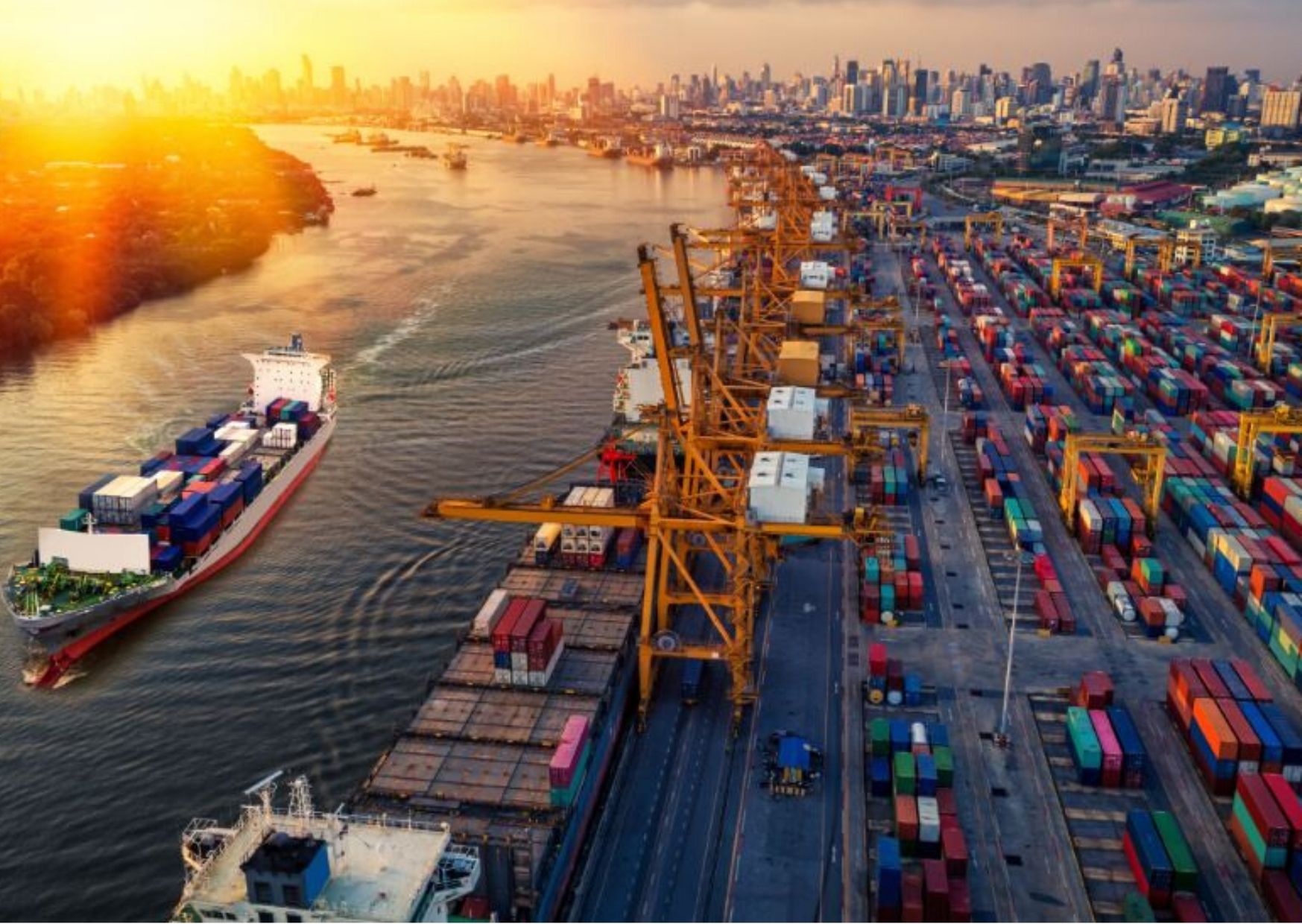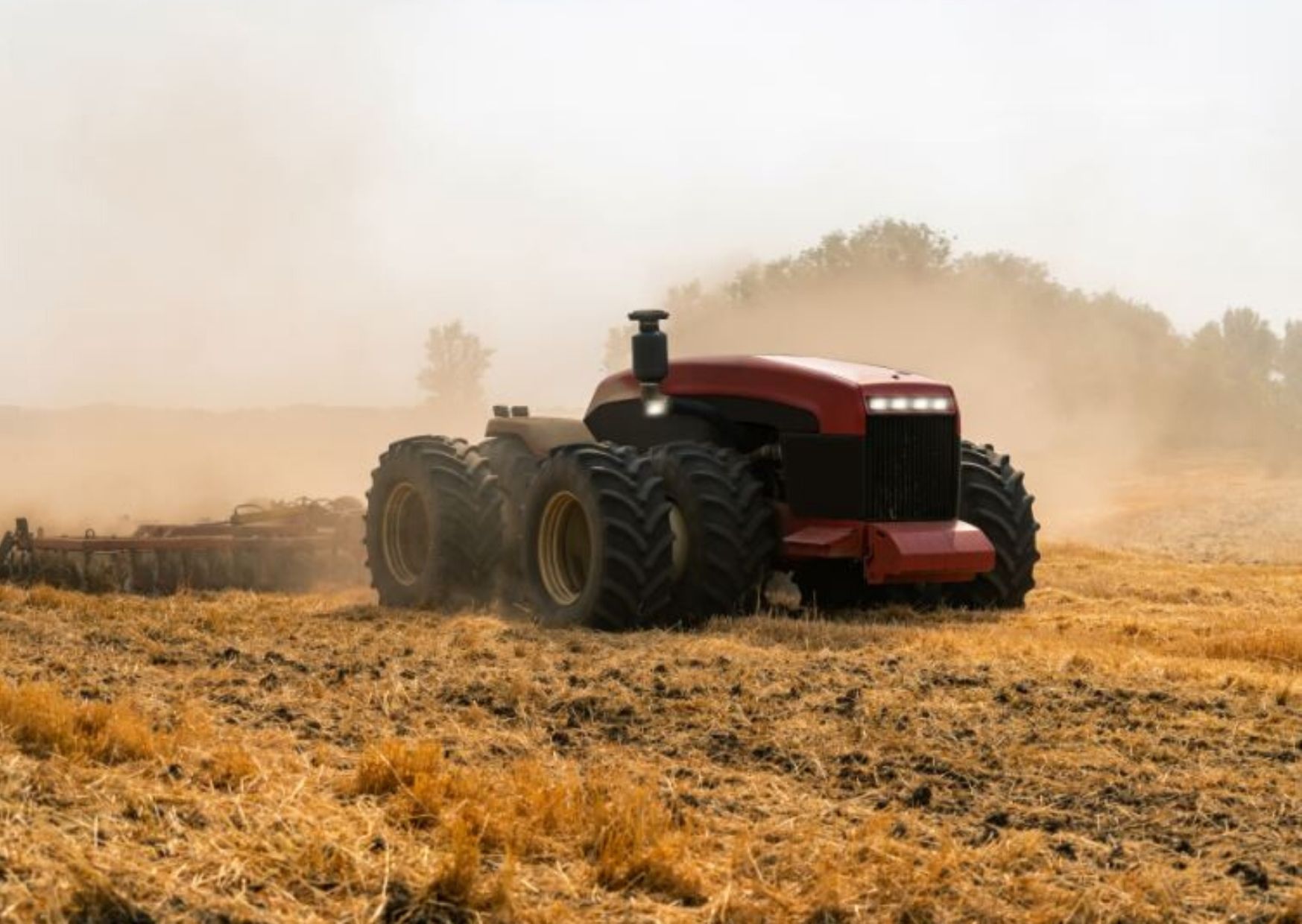GNSS for Agriculture
Precision agriculture and autonomous engine
PRECISION AGRICULTURE: the need for automation
Precision Agriculture is based on careful farm management and advanced automation of agricultural machinery. This operational concept aims to get the most benefit from arable land.
Today, precision farming is inseparable from radio navigation by satellite, commonly referred to as “GPS” or “GNSS” for those in the know.
By design, farmers now use the most sophisticated systems to survey, monitor crops, trace operations and accurately steer their machines – with centimeter precision – on the land.
Automation of agricultural machinery adds new features that help preserve the environment and achieve substantial savings on many items: fuel, maintenance, seeds, fertiliser, herbicide, time and fatigue. Task automation is improving to the point where full autonomy for machines is not far off. Their ability to move without assistance opens new markets including the arrival of a multitude of ground and aerial drones. They are gradually displacing the costly and fuel-hungry monsters of conventional agricultural machinery.
The introduction and use of these semi-autonomous vehicles is based on the intensive use of efficient geolocation systems. The accuracy of the receivers is based on so-called augmentation services whose availability still needs to be improved in order to cover all farmed land.
The hybridization of GNSS receivers is also necessary to overcome the loss of satellite signals, such as around trees.
The use of driverless vehicles makes it necessary to process location data with a high level of integrity. The onboard computer must, in addition, take into account all factors affecting criticality. To achieve excellence, manufacturers and solution developers need to train their R&D departments for these technologies. Companies will rise to these challenges by relying on GNSS laboratories.
There they will find the skills required to further their knowledge, test the performance of their products, secure their investments, and certify their claims.
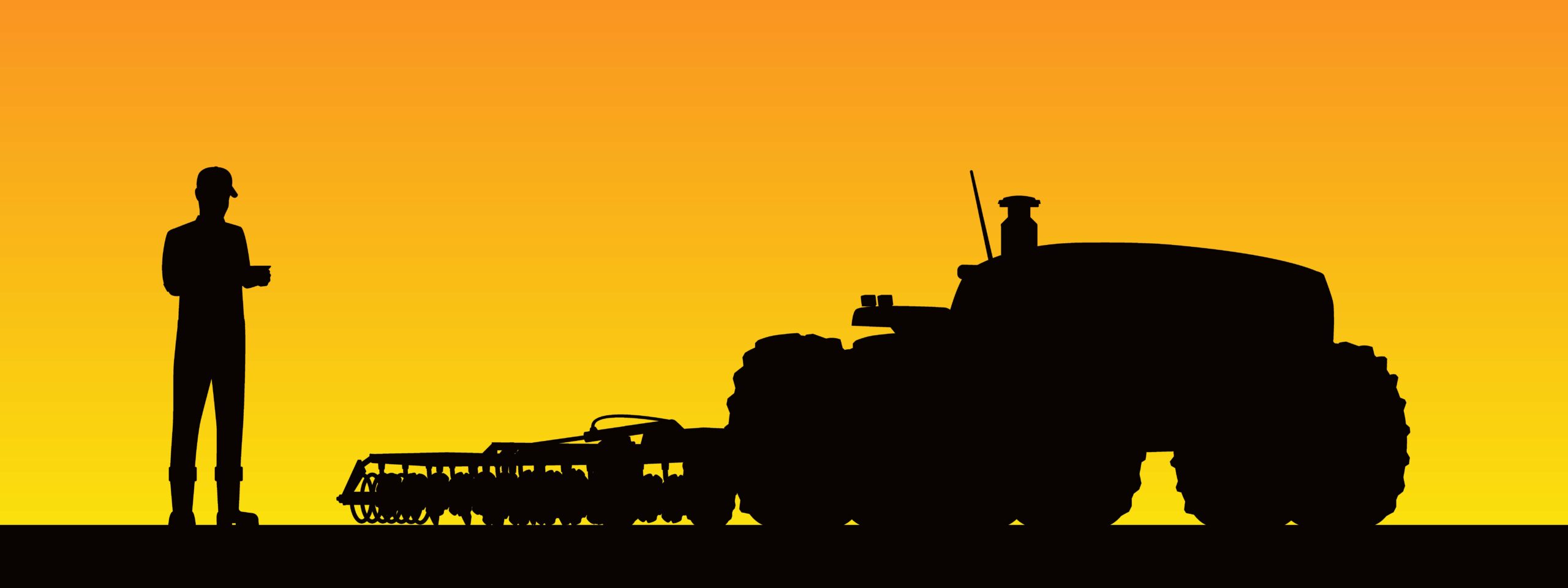
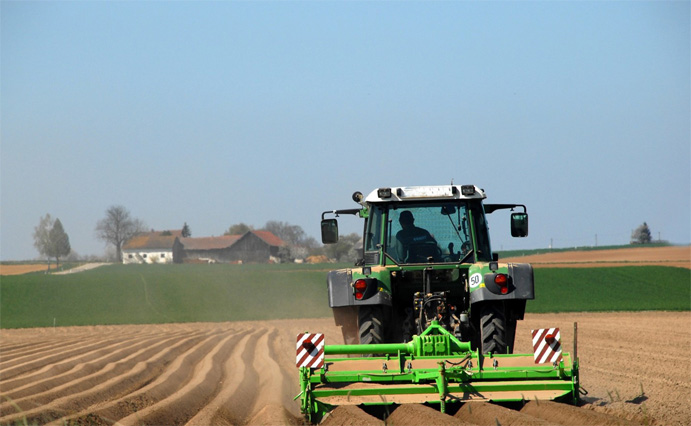
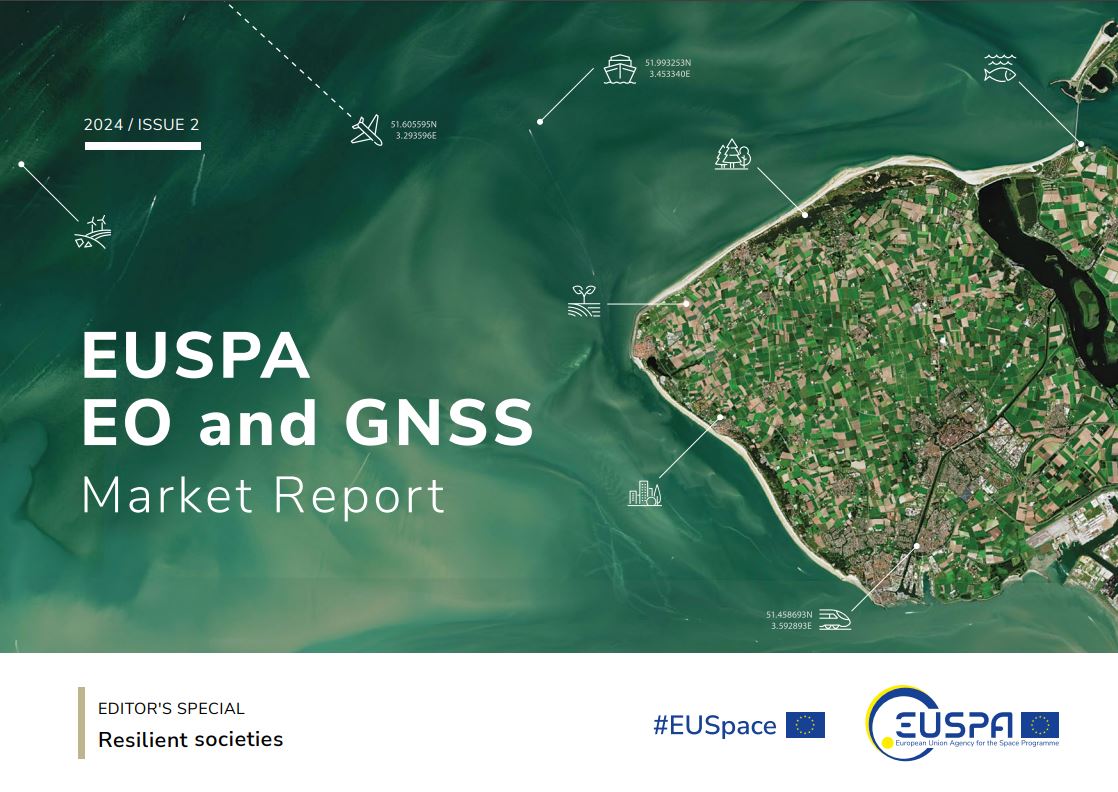
Sectors of intervention
Each use case calls for its own solutions, based on technical, financial and criticality criteria.
Automobile and road transport
Railway and tramway
Maritime, port and fluvial
Agriculture and automated engine
Light aviation and drones



